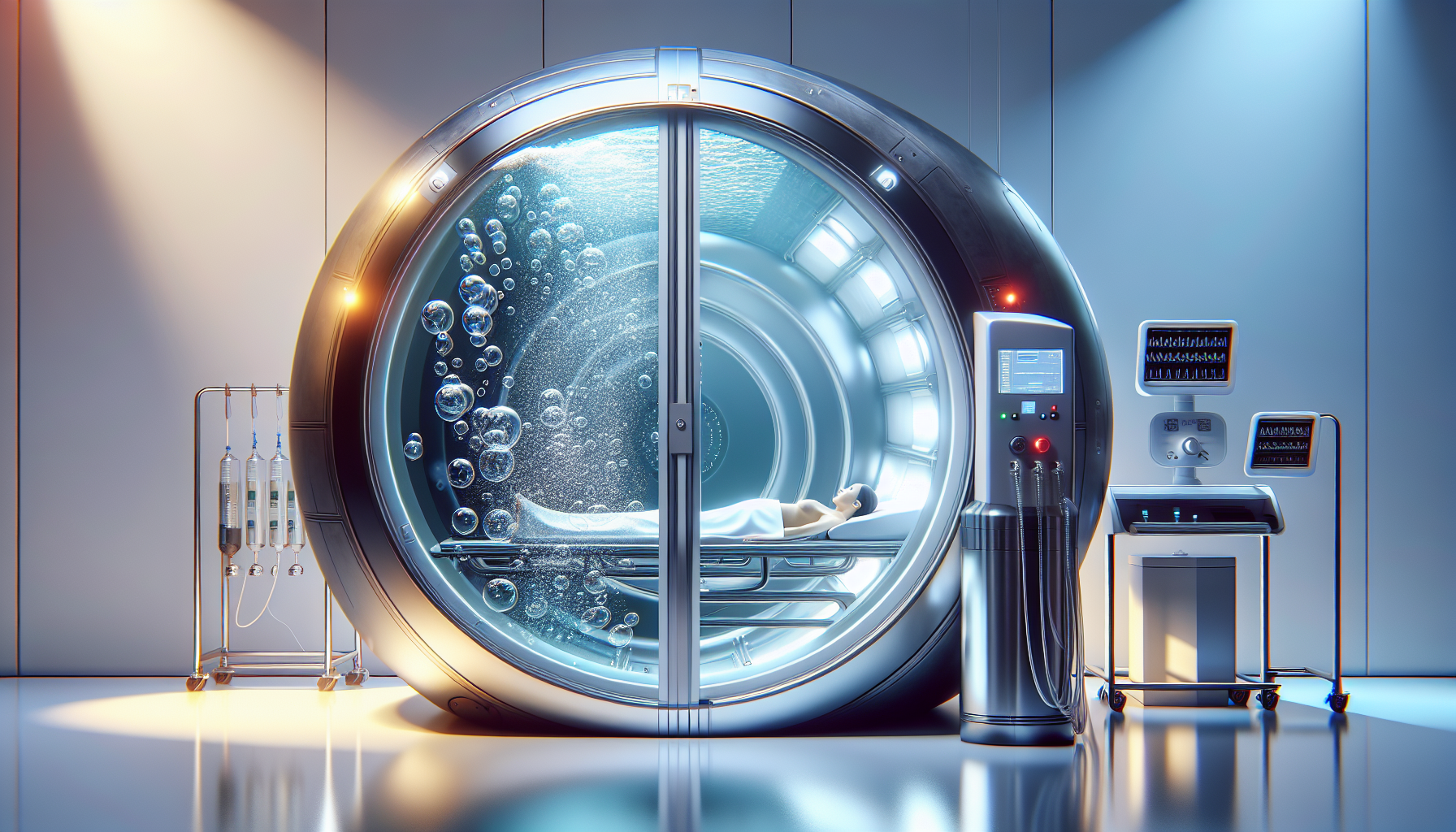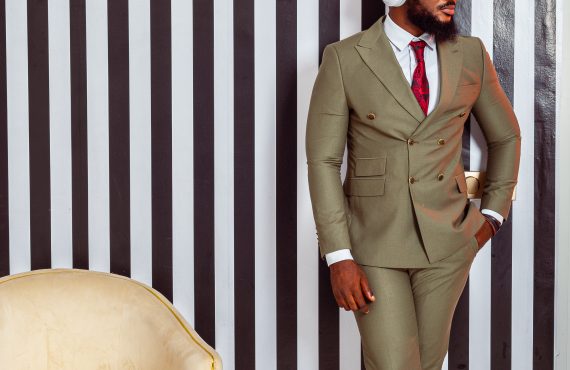After receiving a chiropractic adjustment, it’s important to continue caring for your body at home to maintain the benefits of the treatment. At Henry Chiropractic, owned by Dr. Craig Henry and with the expertise of Dr. Aaron Hixon, they understand the significance of providing comprehensive care. Whether you’re seeking relief from back or neck pain or simply wanting to enhance your overall well-being, these licensed chiropractors in Pensacola, Florida are here to help. In this article, we’ll explore some home care practices that can complement a chiropractic adjustment, allowing you to continue feeling better long after leaving the office.
Table of Contents
General Guidelines
After receiving a chiropractic adjustment, it’s important to take care of your body to promote healing and maintain the benefits of the treatment. Here are some general guidelines to follow:
Rest and Relaxation
Give your body time to rest and recover after a chiropractic adjustment. It’s normal to feel a bit sore or fatigued, so listen to your body and give it the rest it needs. Avoid strenuous activities for at least 24 to 48 hours after the adjustment.
Avoid Heavy Lifting
To prevent undoing the effects of the chiropractic adjustment, it’s best to avoid heavy lifting for a few days. This will reduce the stress on your spine and allow your body to heal properly. If you must lift something, remember to use proper lifting techniques (which we’ll discuss later) and ask for help if needed.
Stay Hydrated
Water is essential for your body to function properly and aid in the healing process. After a chiropractic adjustment, make sure to drink plenty of water to stay hydrated. Aim for at least eight glasses of water per day. Avoid excessive caffeinated and sugary beverages as they can dehydrate you.
Posture and Body Mechanics
Maintaining good posture and using correct body mechanics are essential for supporting your spinal health. Here’s what you need to know:
Maintain Good Posture
Pay attention to your posture throughout the day, whether you’re sitting, standing, or lying down. Keep your spine in a neutral position, with your shoulders back and relaxed, and avoid slouching. Practice engaging your core muscles to support your spine.
Correct Lifting Techniques
When lifting objects, use proper lifting techniques to avoid straining your back. Bend your knees and squat down to lift, keeping the object close to your body. Avoid twisting your spine while lifting, and always seek help for heavy or awkward items.
Avoid Prolonged Sitting
Sitting for long periods can put strain on your spine and lead to poor posture. Take breaks every 30 minutes to stand up, stretch, and move around. If you have a desk job, consider using an ergonomic chair and adjusting your workstation to support good posture.

Stretching and Exercise
Stretching and exercise can help improve flexibility, strengthen muscles, and support your chiropractic adjustments. Here’s what you can do:
Gentle Stretching
Engage in gentle stretching exercises to release tension in your muscles and improve flexibility. Focus on stretching the neck, shoulders, back, and hips. You can also incorporate yoga or Pilates into your routine to promote overall body strength and flexibility.
Specific Exercises
Your chiropractor may recommend specific exercises to target problem areas or support your spinal health. These exercises are designed to strengthen the muscles that support your spine and improve mobility. Follow your chiropractor’s instructions and perform these exercises regularly to maintain the benefits of your adjustment.
Low-Impact Cardiovascular Activities
Engaging in low-impact cardiovascular activities like walking, swimming, or cycling can improve blood circulation, promote healing, and increase your overall fitness level. These activities have a minimal impact on your joints and are gentle on your body while still providing cardiovascular benefits.
Ice or Heat Therapy
After a chiropractic adjustment, you may experience some discomfort or inflammation. Ice or heat therapy can help alleviate these symptoms. Here’s how to use them effectively:
Ice Packs
Apply an ice pack wrapped in a thin cloth to the affected area for around 15 to 20 minutes. This will help reduce inflammation and numb any pain or discomfort. Repeat this every few hours for the first 24 to 48 hours after your chiropractic adjustment.
Heat Therapy
If you’re still experiencing discomfort after the initial 24 to 48 hours, you can switch to heat therapy. Apply a heating pad or a hot water bottle wrapped in a thin cloth to the affected area for around 15 to 20 minutes. This will help relax muscles and increase blood flow to the area, promoting healing.

Pain Management
If you’re experiencing pain or discomfort after a chiropractic adjustment, there are several pain management options you can consider:
Over-the-Counter Pain Medication
Over-the-counter pain medications like ibuprofen or acetaminophen can help relieve mild to moderate pain. Follow the recommended dosage instructions and consult with your healthcare professional if you have any underlying health conditions or are taking other medications.
Topical Analgesics
Topical analgesics such as creams, gels, or sprays can be applied directly to the affected area to provide temporary relief. These products often contain ingredients like menthol or camphor that create a cooling or warming sensation, soothing sore muscles and joints.
Prescription Medication (if prescribed by a healthcare professional)
In some cases, your healthcare professional may prescribe stronger pain medication to manage severe pain or chronic conditions. If prescribed, follow the dosage instructions carefully and consult with your healthcare professional if you have any concerns or side effects.
Nutrition and Hydration
Proper nutrition and hydration play a crucial role in supporting your body’s healing process. Here’s what you need to keep in mind:
Eat a Balanced Diet
Aim for a balanced diet that includes a variety of fruits, vegetables, lean proteins, whole grains, and healthy fats. These nutrient-rich foods will provide your body with the essential vitamins, minerals, and antioxidants it needs to promote healing and reduce inflammation.
Avoid Inflammatory Foods
Certain foods, such as processed foods, sugary snacks, and fried foods, can increase inflammation in your body and hinder the healing process. Try to minimize your intake of these foods and focus on whole, unprocessed options instead.
Stay Hydrated
As mentioned earlier, staying hydrated is essential for your body’s overall function and healing process. Drink plenty of water throughout the day to keep your body hydrated, aid in digestion, and promote optimal circulation.

Restful Sleep
Getting enough restful sleep is crucial for your body to heal and recharge. Create a sleep routine that promotes quality sleep with these tips:
Supportive Mattress and Pillows
Invest in a supportive mattress and pillows that properly align your spine while you sleep. This will help prevent any strain on your neck, shoulders, or back and contribute to a more comfortable sleep experience.
Proper Sleep Position
Sleeping on your back or side is generally recommended, as it helps maintain the natural curves of your spine. If you sleep on your side, consider using a pillow between your knees for added support. Avoid sleeping on your stomach, as it can strain your neck and lower back.
Sleeping Environment
Create a dark, quiet, and comfortable sleeping environment that fosters relaxation and promotes quality sleep. Consider using blackout curtains, earplugs, or a white noise machine to block out any disruptive stimuli that may interfere with your sleep.
Stress Management
Managing stress is important for overall health and well-being. Stress can contribute to muscle tension, pain, and interfere with the healing process. Try incorporating these stress management techniques into your routine:
Relaxation Techniques
Practice relaxation techniques, such as deep breathing exercises, progressive muscle relaxation, or guided imagery. These techniques can help calm your mind and relax your body, reducing stress and promoting a sense of well-being.
Mindfulness and Meditation
Engage in mindfulness or meditation practices to help you stay present and focused. This can help reduce stress and promote a sense of inner calm. Start with just a few minutes each day and gradually increase the duration as you become more comfortable.
Healthy Coping Mechanisms
Find healthy ways to cope with stress, such as engaging in hobbies you enjoy, spending time in nature, connecting with loved ones, or seeking support from a therapist or support group. These activities can help you manage stress and maintain a positive mindset.

Follow-Up Chiropractic Care
Attending scheduled follow-up appointments with your chiropractor is essential for long-term benefits and maintaining spinal health. Here’s what you need to know:
Scheduled Appointments
Your chiropractor will recommend a treatment plan that includes a series of appointments. It’s important to attend these appointments as scheduled to ensure proper progress and adjustments. Missing or rescheduling appointments can delay your healing process.
Communication with the Chiropractor
During your follow-up appointments, communicate openly with your chiropractor about any concerns, symptoms, or changes you may be experiencing. This will help them tailor your treatment plan and provide the necessary adjustments or additional therapies if needed.
Potential Warning Signs
While chiropractic adjustments are generally safe and effective, it’s important to be aware of potential warning signs that may require further medical attention. If you experience any of the following symptoms, contact your chiropractor or healthcare professional:
Increased Pain or Discomfort
If you notice an increase in pain or discomfort that persists or worsens after your chiropractic adjustment, it may indicate a need for additional treatment or assessment.
Numbness or Tingling
Numbness or tingling sensations that persist or occur in new or unusual areas after your adjustment may require further evaluation to rule out nerve involvement or other underlying conditions.
Loss of Mobility
If you experience a significant loss of mobility, difficulty moving a specific body part, or any changes in coordination or balance, seek immediate medical attention.
Taking care of yourself after a chiropractic adjustment is key to optimizing the benefits of the treatment and ensuring your body heals properly. By following these guidelines and staying in communication with your chiropractor, you can support your spinal health and overall well-being. Remember, if you have any questions or concerns, always reach out to your chiropractor for guidance and support.




























